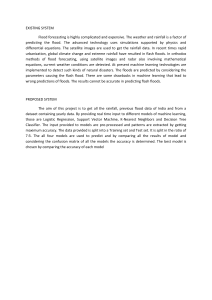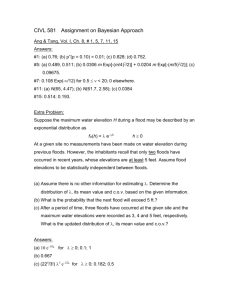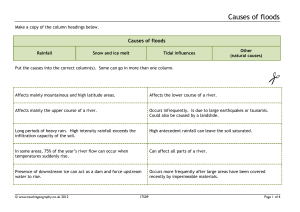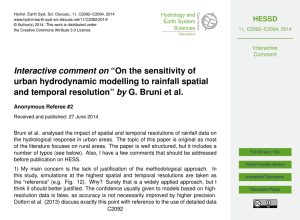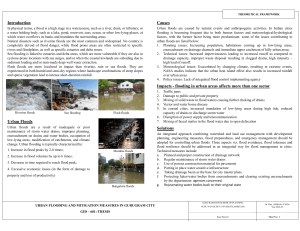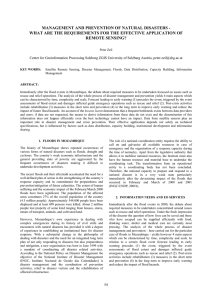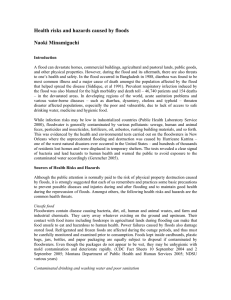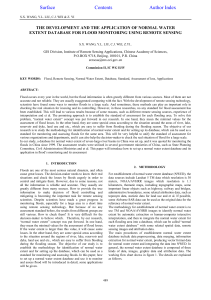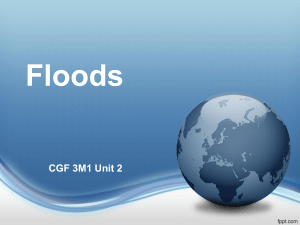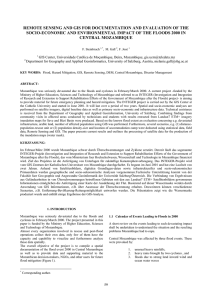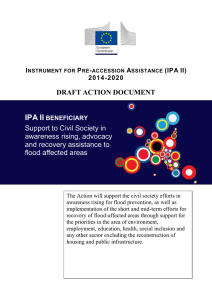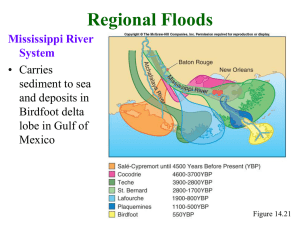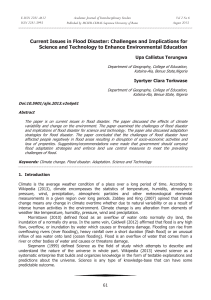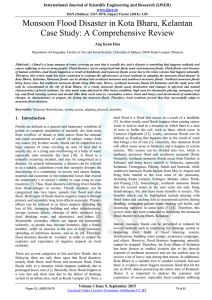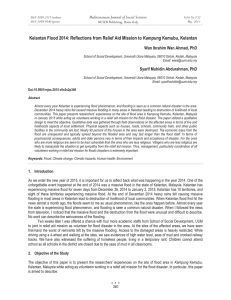FLOODING OF CITIES: A RS AND APPROACH
advertisement
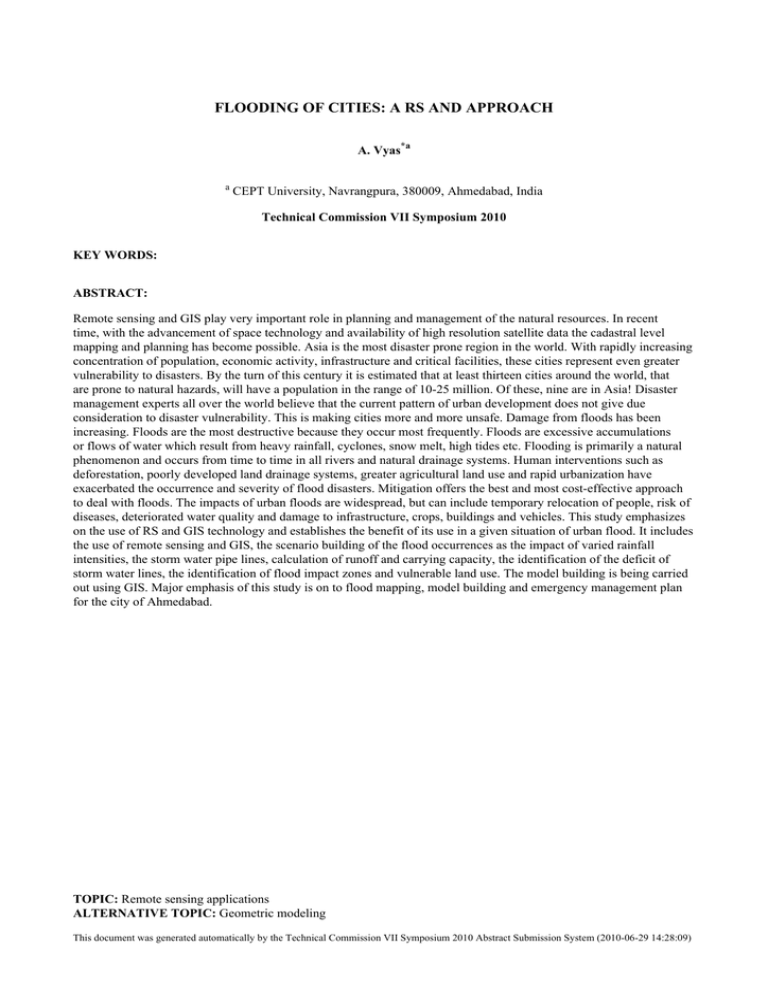
FLOODING OF CITIES: A RS AND APPROACH A. Vyas*a a CEPT University, Navrangpura, 380009, Ahmedabad, India Technical Commission VII Symposium 2010 KEY WORDS: ABSTRACT: Remote sensing and GIS play very important role in planning and management of the natural resources. In recent time, with the advancement of space technology and availability of high resolution satellite data the cadastral level mapping and planning has become possible. Asia is the most disaster prone region in the world. With rapidly increasing concentration of population, economic activity, infrastructure and critical facilities, these cities represent even greater vulnerability to disasters. By the turn of this century it is estimated that at least thirteen cities around the world, that are prone to natural hazards, will have a population in the range of 10-25 million. Of these, nine are in Asia! Disaster management experts all over the world believe that the current pattern of urban development does not give due consideration to disaster vulnerability. This is making cities more and more unsafe. Damage from floods has been increasing. Floods are the most destructive because they occur most frequently. Floods are excessive accumulations or flows of water which result from heavy rainfall, cyclones, snow melt, high tides etc. Flooding is primarily a natural phenomenon and occurs from time to time in all rivers and natural drainage systems. Human interventions such as deforestation, poorly developed land drainage systems, greater agricultural land use and rapid urbanization have exacerbated the occurrence and severity of flood disasters. Mitigation offers the best and most cost-effective approach to deal with floods. The impacts of urban floods are widespread, but can include temporary relocation of people, risk of diseases, deteriorated water quality and damage to infrastructure, crops, buildings and vehicles. This study emphasizes on the use of RS and GIS technology and establishes the benefit of its use in a given situation of urban flood. It includes the use of remote sensing and GIS, the scenario building of the flood occurrences as the impact of varied rainfall intensities, the storm water pipe lines, calculation of runoff and carrying capacity, the identification of the deficit of storm water lines, the identification of flood impact zones and vulnerable land use. The model building is being carried out using GIS. Major emphasis of this study is on to flood mapping, model building and emergency management plan for the city of Ahmedabad. TOPIC: Remote sensing applications ALTERNATIVE TOPIC: Geometric modeling This document was generated automatically by the Technical Commission VII Symposium 2010 Abstract Submission System (2010-06-29 14:28:09)


